Asian films are among the best critically acclaimed movies on IMDB. Some of them are more than just good films, however.
Some movies made by Asian directors made a lasting impact on the world of cinema as well as on global culture as a whole. This a list of these kinds of movies.
Honorary reference

Source: Wikimedia Commons
Akira Kurosawa’s Seven Samurai and Ishiro Honda’s Godzilla were made in the 50s and don’t make it to the list of the most influential movies of the last 50 years. However, they are on the list of the most influential movies ever, and we can’t but briefly mention them.
These movies have shaped some aspects and genres of modern day cinema.
Have you ever seen giant monsters destroying a city? Think Transformers and the like. These only exist because of Godzilla’s imagery.
Seven Samurai created even more of an influence on cinema. You may not have seen the movie, but your favourite film directors sure did. This movie’s influence is seen everywhere from westerns to the Star Wars trilogy. It even had a Hollywood remake, The Magnificent Seven, with Asian actors swapped to cowboys.
Crouching Tiger, Hidden Dragon, 2000
Ang Lee entered the Oscars with this movie and won four. Quite an accomplishment for a director in Taiwan.
The movie was somewhat in contrast with everything that Hollywood would produce in that time. A typical Hollywood flick had one character arc, one theme, and had a lot of action scenes.
Crouching Tiger, Hidden Dragon did have plenty of action scenes, and they were not known to the US audience before. No one was used to the heroes basically flying across the set during a battle.
The thing it brought to the picture of an action wuxia film is the deep themes. It explores love, teacher-student relationship, and honor, much like the masterpieces of drama we now deem to be classic.
House of Flying Daggers, 2004
People love a love story. Especially so, if it’s embedded in an action film full of martial artists swinging in the air. House of Flying Daggers gave the audiences just that.
Zhang Yimou’s film had a huge financial success in the US and received the Academy Award for Best Cinematography as an accolade.
While the plot was a classic in terms of the melodramatic events, everything else was new. Especially the costumes and the way Zhang Yimou built up the atmosphere of Ancient China.
Ringu (Ring), 1998
Hideo Nakata created a horror film that gave the world another terrifying trope. You know the drill. You watch the tape, you receive the phone call, you die in seven days. The image of Sadako crawling out of the TV
This story originally written by Koji Suzuki is one of the world’s most recognizable horror plots. The original 1998 film attracted other directors to create spin-offs, sequels, and adaptations, that added to the popularity of the story as a whole.
Both the story and the terrifying atmosphere continue to influence the horror genre today.
Drunken Master, 1978
Drunken Master is the film that arguably started the era of Asian actors in Hollywood. It’s the movie that your dad watched all night after asking someone “can you write my assignment“ in the moments of total desperation.
The movie is a comedy with a heavy influence of martial arts. Jackie Chan as the protagonist made the audiences both sympathise with him and start rolling in the aisle whenever he failed.
In essence, the movie has borrowed a lot from silent movies. Buster Keaton, for instance, used to perform all the stunts himself, just like Jackie Chan.
The influence of Drunken Master was so big it actually made the drunken style popular.
Project A, 1983
The previous Jackie Chan movie showed the world how good of an actor he was. This movie shows him as a director.
Now, Jackie Chan was an Action director for over ten years by 1983, and he already directed two movies before Project A. Both of them were successful in Asia. He even starred in a film that tried to get on the US market.
But it was Project A that brought him the fame of a great director and actor on a global scale. It didn’t inspire other directors to copy the style because it was too unique. However, it arguably made Jackie Chan a big part of the cinema heritage.
Ghost in the Shell, 1995
Ghost in the Shell doesn’t have popular Asian actors. In fact, it doesn’t have any actors at all. This anime became the staple of the cyberpunk genre. Its adult animation and deep social commentary on technology and society granted this movie a place in our list.
It’s an example of the cultural back and forth between the West and Asia. Blade Runner influenced Akira, Akira became a huge influence for Ghost in the Shell, and now Hollywood is shooting a remake of the anime.
Akira, 1988 film
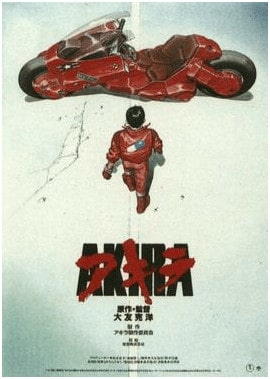
Source: Wikimedia
Set in 2019, Akira is one of the two movies that created the cyberpunk genre. The imagery, the themes that the film explores, and the dystopian vision of the future shaped the way later cyberpunk movies are made.
It also shaped how many movies depict the future as a whole. You will struggle to find a flick that doesn’t portray the future on Earth as happy and balanced.
Some of the things Akira and Blade Runner predicted about the future were true, by the way.
Life of Pi, 2012
Life of Pi is a relatively new film. It’s been only 7 years from the date of release, while some other films were released some 30 or more years ago. This is why this Ang Lee’s movie did not inspire new genres and cultural tropes just yet.
However, Life of Pi had great worldwide acceptance and became one of the most important movies in the modern cinema. The time will tell how much of an influence will it have later on.


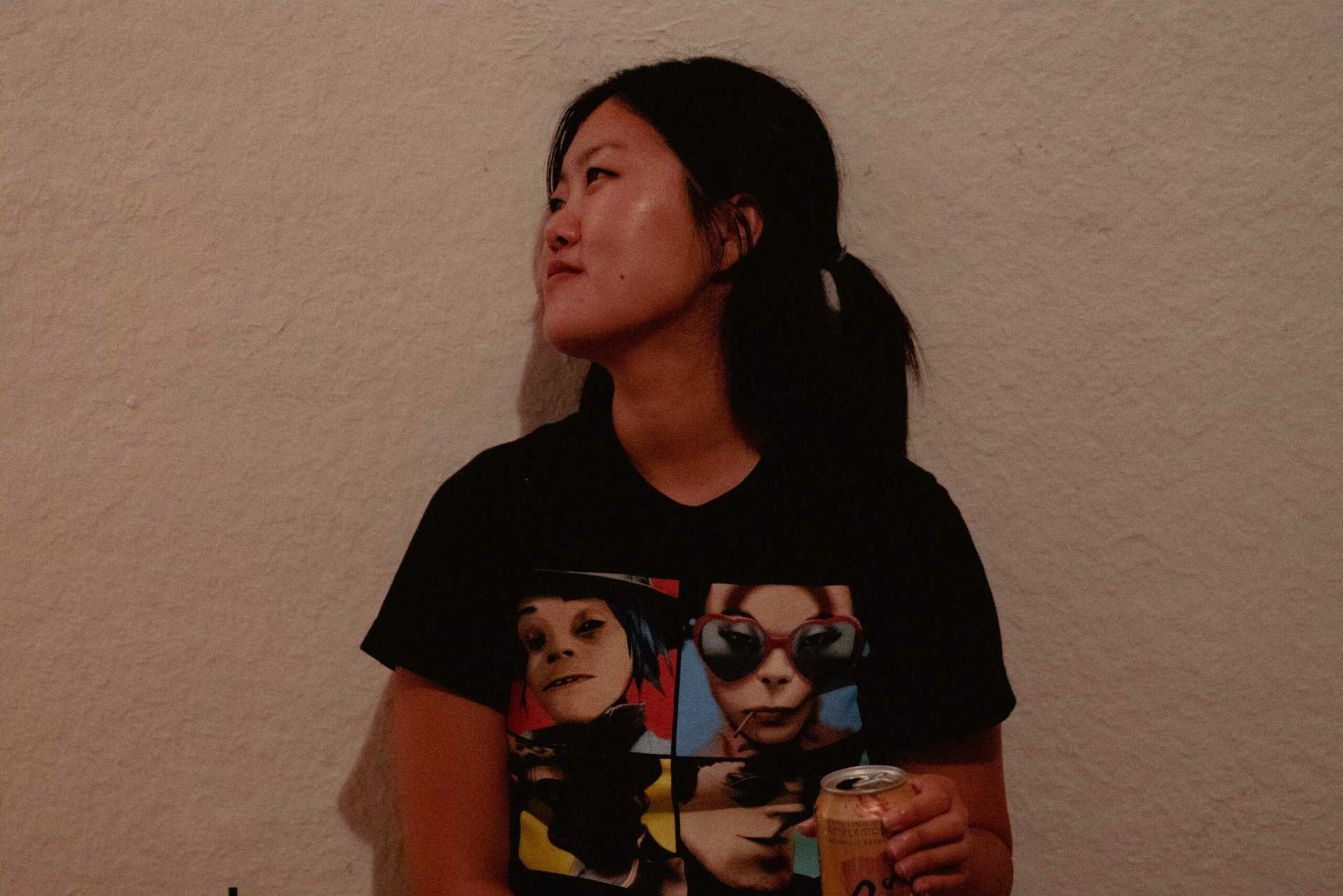
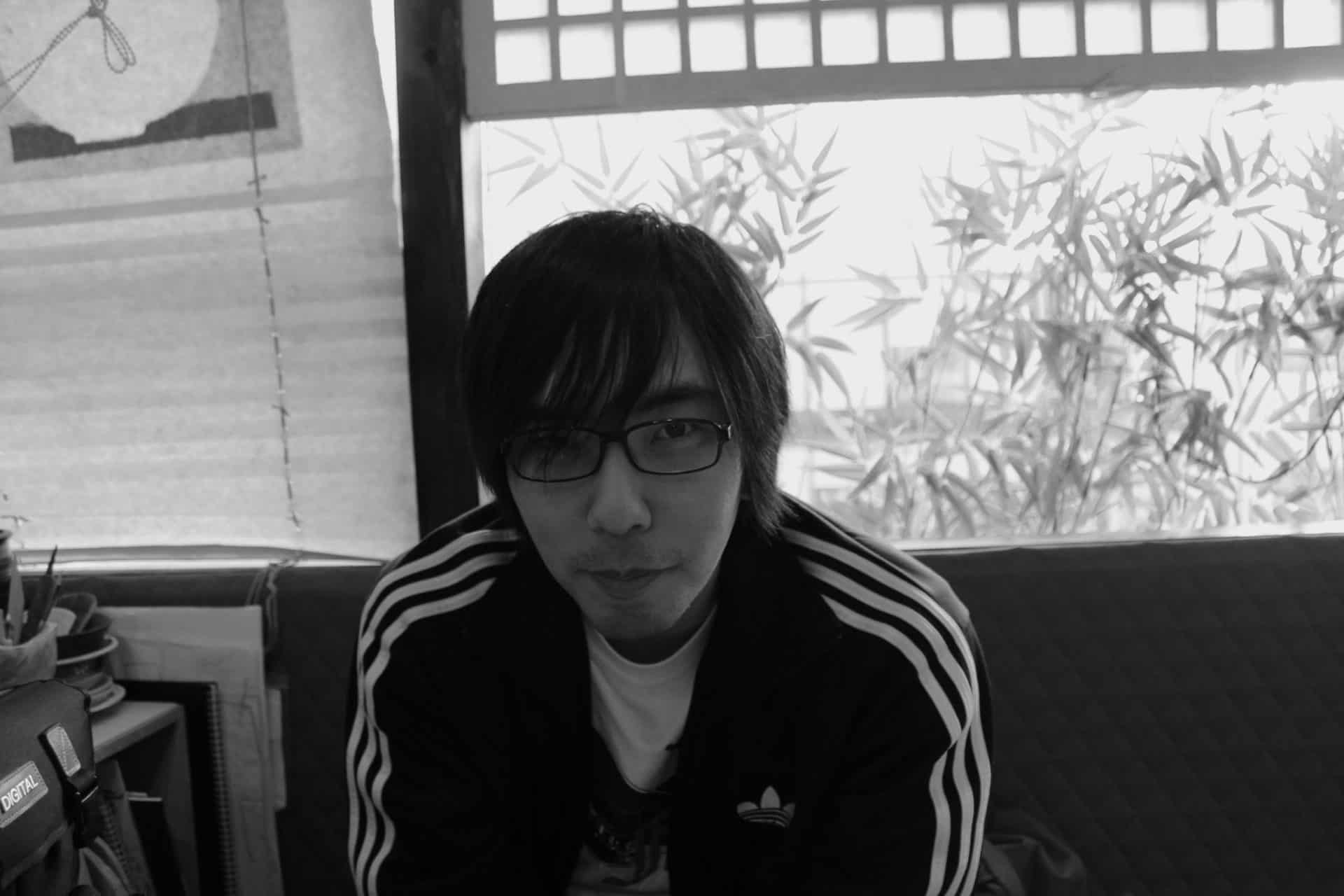
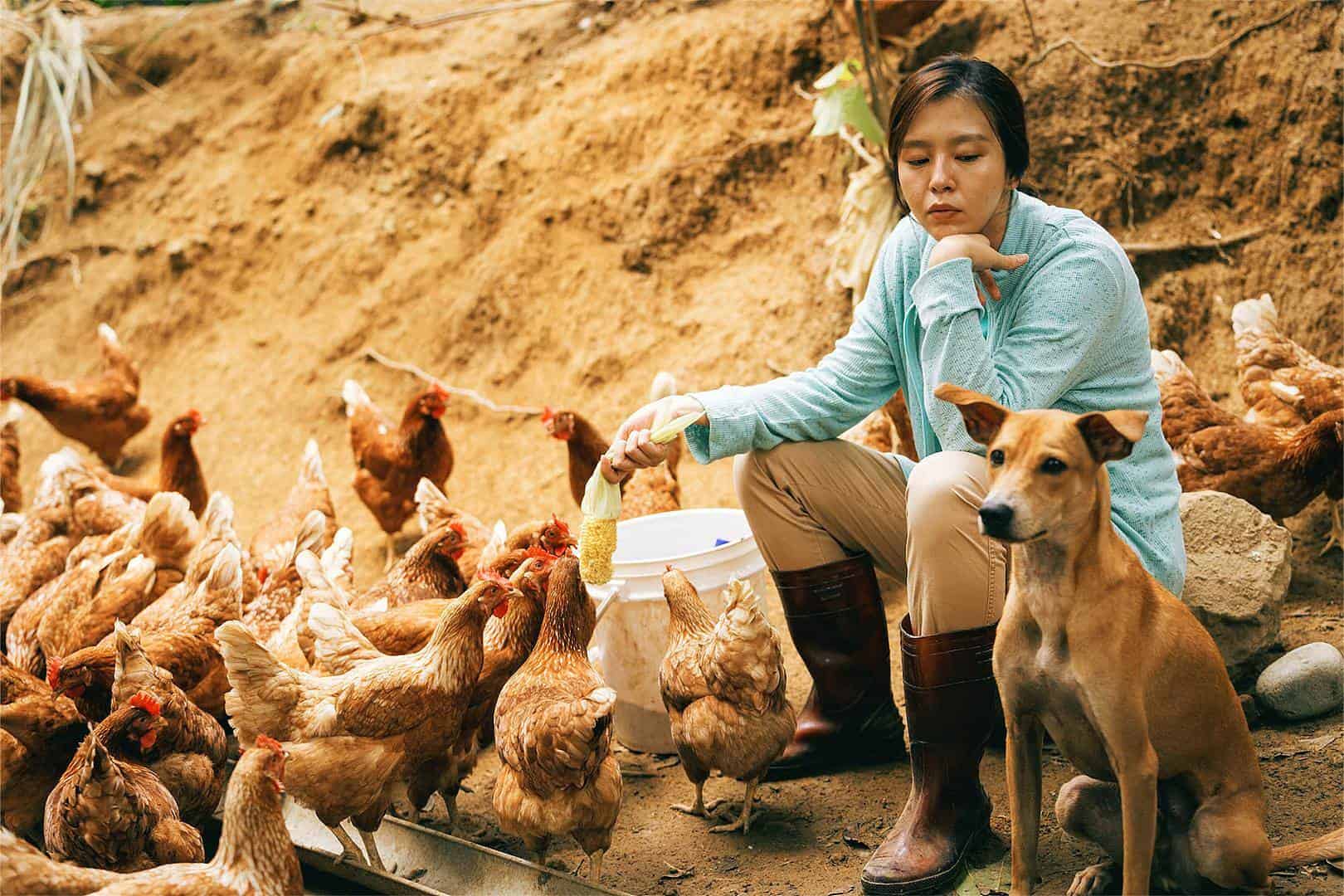


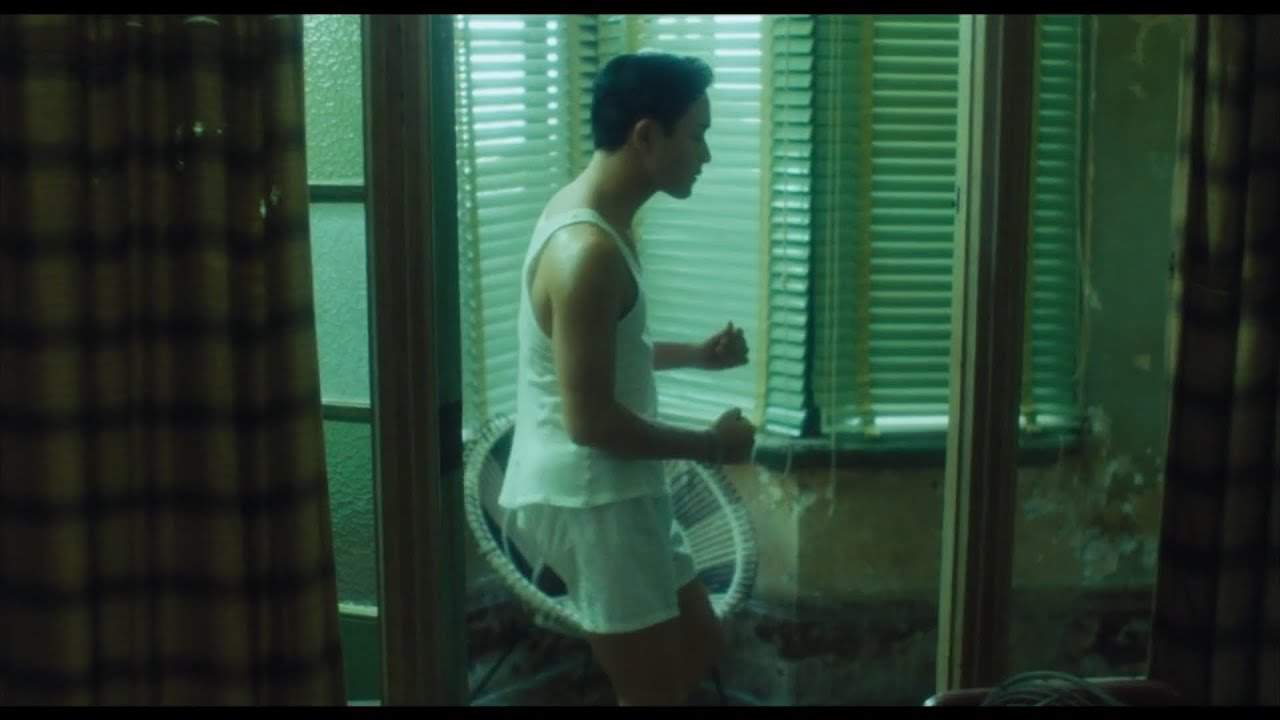







House of Flying Daggers did not win the Oscar for Best Cinematography. The Aviator did.